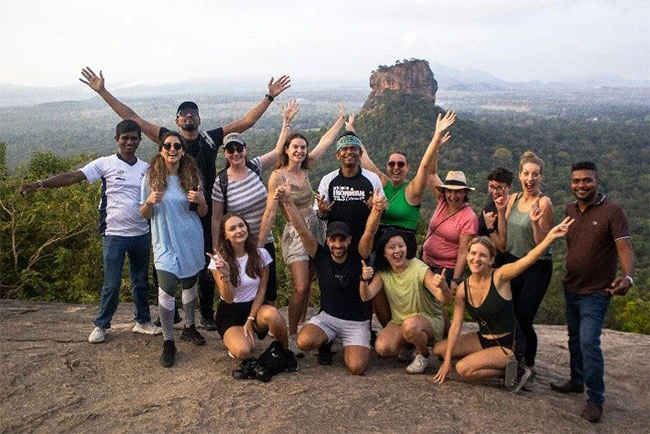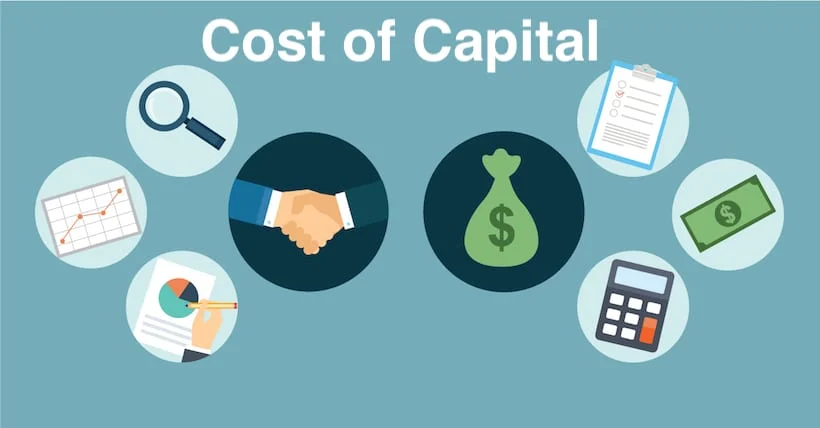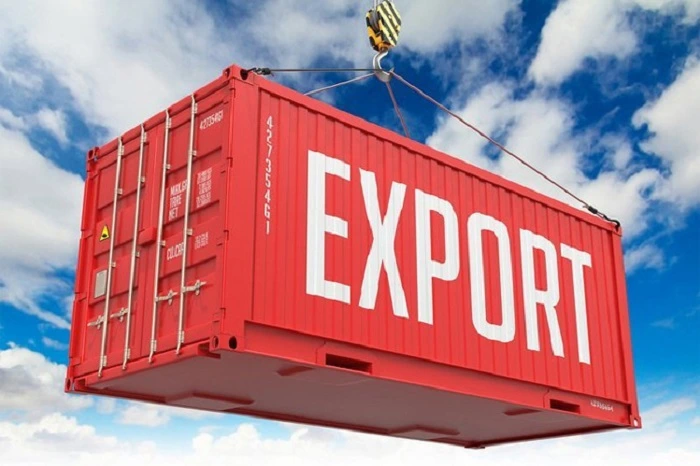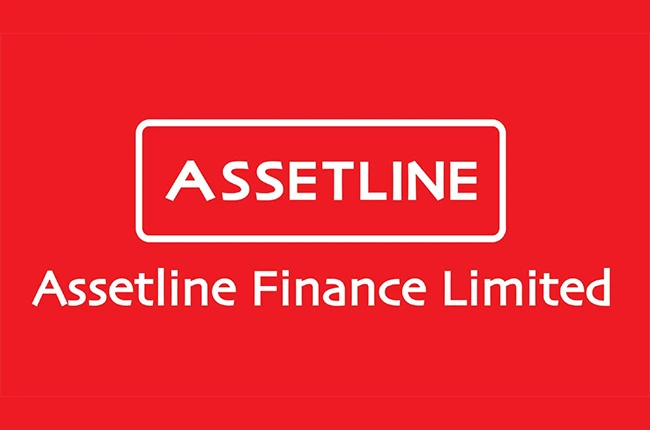Sri Lanka’s tourism sector is facing a structural profitability challenge that arrival numbers alone can no longer conceal. While visitor volumes have climbed steadily over the past two years, the financial return per tourist is weakening. The latest decision by the Sri Lanka Tourism Development Authority (SLTDA) to revise its average daily spending estimate from USD 171 to USD 148 formalises a trend many industry players had already sensed, Sri Lanka is attracting more travellers but they are spending less, staying shorter, and contributing less to the wider economy.
For a sector that supports nearly 3% of GDP and acts as a critical source of foreign exchange, this recalibration presents material implications for forecasting, investment, and policy planning.
A Data Correction That Changes the Industry Outlook
The revision stems from a new SLTDA survey conducted in August 2025, replacing outdated estimates from the 2018 visitor spending assessment. According to the Central Bank, the earlier method contained material weaknesses primarily a failure to reflect evolving traveller segments, price sensitivity, and market shifts post-pandemic.
Governor Dr. Nandalal Weerasinghe described the update as a necessary correction:
“Some weaknesses existed in the earlier estimation, and the SLTDA has recognised and addressed them.”
This adjustment narrows the gap between official forecasts and actual economic performance. It also clarifies why tourism earnings have consistently underperformed relative to the strong rebound in arrivals.
Recent data underscores this mismatch:
- October: Arrivals +21.5% / Earnings +0.3%
- September: Arrivals +30% / Earnings +1%
- August: Arrivals +20.4% / Earnings –8.2%
- July: Arrivals +6.6% / Earnings –3%
In simple terms, Sri Lanka is filling seats, but not revenue sheets.
The Core Business Issue: Market Mix vs Market Value
The decline in average spend is not a financial anomaly. It reflects a structural shift in Sri Lanka’s market composition.
Dominance of Regional Markets
India, China and other Asian markets now account for the majority of arrivals. These markets are strategically important but characterised by:
- Short stays (3–5 nights)
- Lower average discretionary budgets
- Transit and short-break travel behaviour
Regional visitors drive volume, but not value.
Slow Recovery of Long-Haul, High-Yield Segments
Visitors from the UK, Germany, Netherlands, France, Australia and Russia traditionally drive higher earnings due to:
- Longer stays (10–14 nights)
- Higher accommodation budgets
- Greater participation in premium experiences (wellness, adventure tours, Ayurveda)
These markets are recovering but remain below 2018 peaks, limiting revenue upside.
Rise of Budget and Backpacker Travel
There is a growing influx of:
- Backpackers
- Regional millennials
- Digital nomads
- Price-sensitive short-stay travellers
Their presence boosts occupancy but compresses margin and reduces per-capita earnings.
The business takeaway, Sri Lanka’s tourism revival is broad, but not deep.
Impact on Revenue, Profitability and GDP Contribution
With the revised spending estimate, the industry’s financial contribution must be reassessed.
Revenue Targets Now Look Overstated
The SLTDA had projected:
USD 5 billion in tourism revenue
3 million arrivals
Based on the revised spend of USD 148, these targets are mathematically unrealistic without a significant shift in visitor mix and longer-stay incentives.
GDP Contribution Will Be Lower Than Projected
Tourism currently accounts for ~3% of GDP. Lower spend per visitor directly reduces:
- Net foreign exchange inflow
- Supply chain multipliers
- Job creation and sectoral liquidity
- Tax revenue related to tourism activities
Hotel Sector Margin Compression
Hotels are observing a divergence between occupancy and yield:
- Higher occupancy from low-spend travellers
- Lower ADRs (Average Daily Rates)
- Lower RevPAR (Revenue Per Available Room)
High footfall is not translating into profitability, especially for mid-scale and upscale properties.
This impacts:
- Staffing budgets
- CAPEX planning
- Refurbishment cycles
- Debt servicing for hotel operators
Industry Insight: The Disconnect Is Structural, Not Temporary
First Capital Research’s sector review reinforces this outlook. Despite expectations of USD 3.3 billion in earnings for 2025, this remains below the USD 4.4 billion peak in 2018.
The research notes:
- Earnings growth from January to October remains subdued
- Visitor spend is significantly below earlier assumptions
- Market mix is skewed towards lower-yield travellers
This suggests a persistent rather than cyclical disconnect, arrivals are rebounding, but earnings are plateauing.
Why Tourists Are Spending Less: A Business Lens
Price-Sensitive Regional Behaviour
Regional travellers prioritise:
- Affordability
- Short trips
- Quick getaways
- Basic accommodation
Their spending is concentrated in essential categories, not premium experiences.
Weak Experiential Offerings
High-value travellers seek:
- Curated itineraries
- Wellness and Ayurveda
- Premium hospitality standards
- Unique adventure products
Sri Lanka’s offerings remain fragmented and inconsistent across regions, limiting upsell opportunities.
Infrastructure Gaps
Transport, service standards, and digital connectivity remain barriers to:
- Long-stay travel
- High-end market penetration
- Business travel retention
Limited Premium Marketing
Sri Lanka’s positioning still leans heavily on “affordable tropical destination” which attracts volume, not value.
Strategic Priorities: How Sri Lanka Can Regain Tourism Value
Sri Lanka must transition from a volume-driven model to a value-driven one.
Key business strategies include:
Reposition the Destination
Shift from generic beach tourism to focused, high-value sectors:
- Wellness & Ayurveda
- Eco-luxury
- Heritage and culture
- Premium adventure (trekking, diving, wildlife)
- Slow travel and long stays
Prioritise Long-Haul Markets
Targeted campaigns in:
- Western Europe
- Russia
- Middle East high-yield segments
- Australia
These travellers deliver higher per-night spend and longer durations.
Improve Product Quality
Enhance:
- Transport infrastructure
- Hygiene and public space standards
- Digital booking and information systems
- Professional service training
Higher-value travellers require consistency and reliability.
Increase Average Length of Stay
Through:
- Multi-region travel circuits
- Curated long-stay itineraries
- Seasonal packages
- Co-branded airline–hotel partnerships
Support Industry Through Policy and Incentive
Government incentives can:
- Encourage premium product development
- Support SMEs in upgrading quality
- Push for sustainable tourism investment
- Align KPIs towards yield, not footfall
Conclusion: The Economics of Tourism Must Shift from Counting Bodies to Capturing Value
Sri Lanka’s tourism sector stands at a strategic crossroads. The upward trend in arrivals is encouraging, but the decline in average daily spend exposes a deeper structural issue. The revised SLTDA estimate provides clarity but also urgency.
If Sri Lanka continues to rely on volume, earnings will stagnate. If it pivots to valuethr ough premium experiences, long-stay markets, high-yield travellers, and improved infrastructure the industry can regain its financial strength sustainably.
The business case is clear, Sri Lanka must compete not only for tourists, but for the right tourists.
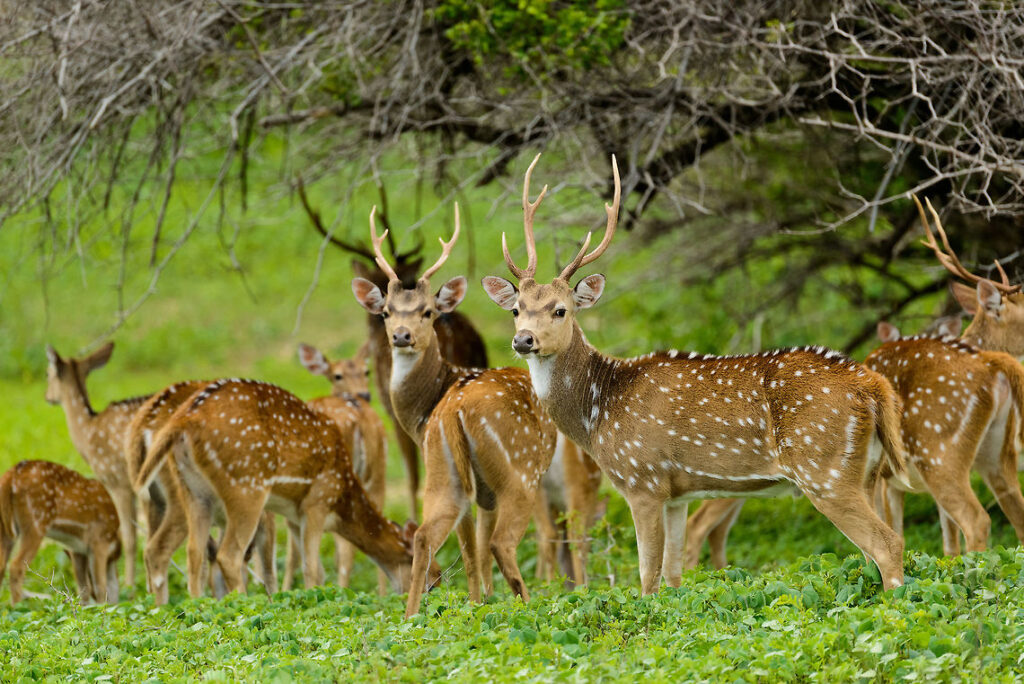
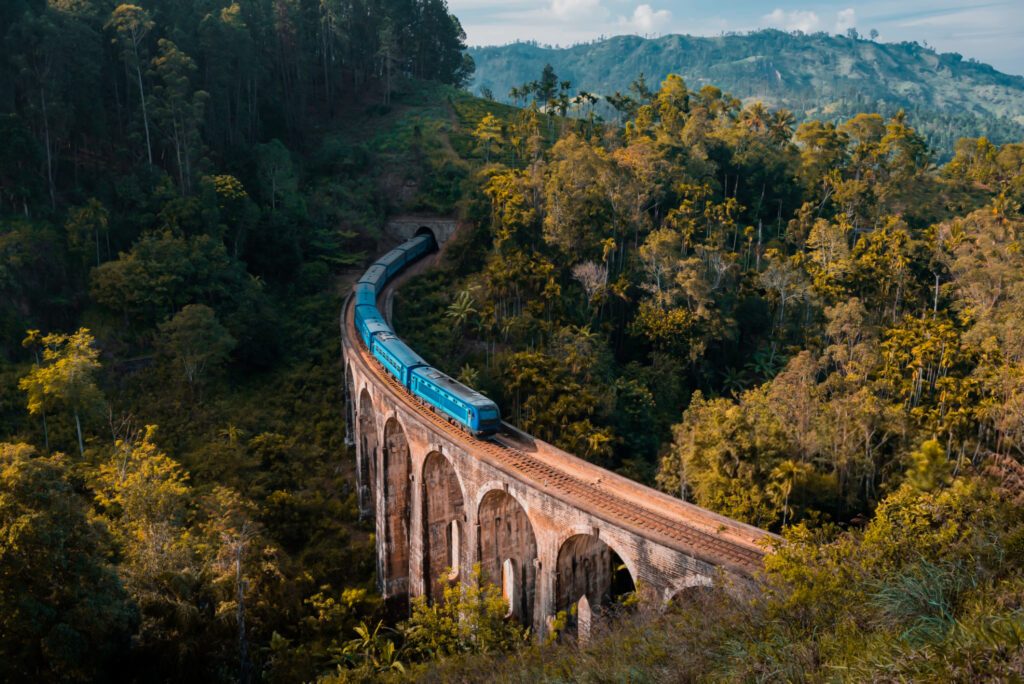

Lanka Biz News covers the intersection of innovation, investment, and impact in Sri Lanka’s dynamic business landscape. Follow us for more on emerging sectors shaping the island’s future.

